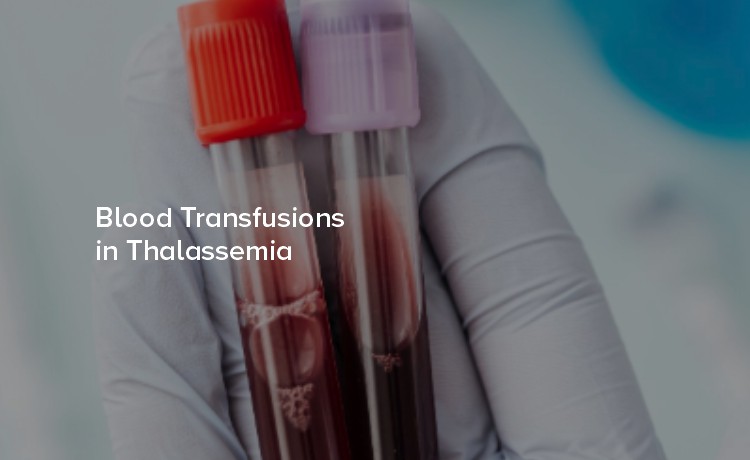
For millions of individuals worldwide living with thalassemia, blood transfusions are not just a treatment option; they are a lifeline. While often overlooked in broader discussions about healthcare, the role of transfusions in managing thalassemia is critical and highly specialized. For those newly diagnosed or caring for someone with the condition, understanding the process, benefits, and challenges of blood transfusions is essential.
Thalassemia is a genetic blood disorder affecting the production of hemoglobin, a protein in red blood cells that carries oxygen throughout the body. Individuals with thalassemia either produce less hemoglobin or abnormal hemoglobin, leading to anemia.
There are two main types of thalassemia:
For severe forms, such as beta thalassemia major (also known as Cooley’s anemia), regular blood transfusions are a necessary part of disease management.
The primary purpose of blood transfusions for thalassemia patients is to combat severe anemia. Without enough functional hemoglobin, the body doesn’t receive sufficient oxygen, making routine activities like walking or even breathing more challenging. Blood transfusions provide the following critical benefits:
However, these benefits come with unique challenges, particularly when it comes to managing the potential complications of regular transfusions.
For individuals with thalassemia major or severe beta thalassemia, blood transfusions typically occur every 2-4 weeks. The frequency depends on the individual’s condition, age, and hemoglobin levels.
The goal of sustained transfusions is to maintain a hemoglobin level of 9-10.5 g/dL, as levels below this threshold often result in debilitating fatigue and complications.
For children and younger patients, early transfusion programs are often established, ensuring critical developmental milestones are met without complications from severe anemia.
While blood transfusions provide life-saving benefits, they are not without risks. Proper management and regular follow-up care play a crucial role in mitigating these challenges.
Frequent transfusions can lead to iron overload, a condition where excess iron from donated blood accumulates in the body. If left untreated, this can damage organs like the heart, liver, and endocrine glands. Iron overload is managed with iron chelation therapy, where medications help remove excess iron.
Common chelation medications include:
Repeated transfusions may cause the immune system to produce antibodies against donor blood, a condition known as alloimmunization. This makes finding compatible blood for future transfusions more challenging. Pre-screening and using closely matched donor blood reduce this risk.
Although modern screening standards make TTIs rare, there remains a small risk of infections like hepatitis B or C. Always ensure blood is sourced from accredited blood banks with rigorous testing protocols.
For some individuals, needing regular transfusions may lead to emotional distress or feelings of dependency. Support groups and mental health resources are crucial to coping with such challenges.
With medical advancements, there have been significant improvements in the way blood transfusions are managed for thalassemia.
While transfusions are the mainstay treatment for thalassemia patients, complementary therapies are also emerging.
For eligible patients, a bone marrow or stem cell transplant offers the chance for a cure. This procedure replaces defective blood-forming cells with healthy ones from a compatible donor.
An exciting frontier for thalassemia treatment, gene therapy aims to correct the faulty genes responsible for the condition. Although still in clinical trials, early results show promise in reducing or eliminating the need for transfusions altogether.
For caregivers supporting loved ones with thalassemia, staying informed and advocating for their health needs is critical. Here’s how you can help:
Living with thalassemia presents challenges, but advances in blood transfusion technology, supportive care, and emerging treatments offer hope for brighter futures. By understanding the role transfusions play in restoring quality of life, you can make informed decisions and advocate for optimal care.
If you or a loved one are managing thalassemia, connect with healthcare professionals to ensure you’re receiving the best treatment options available.